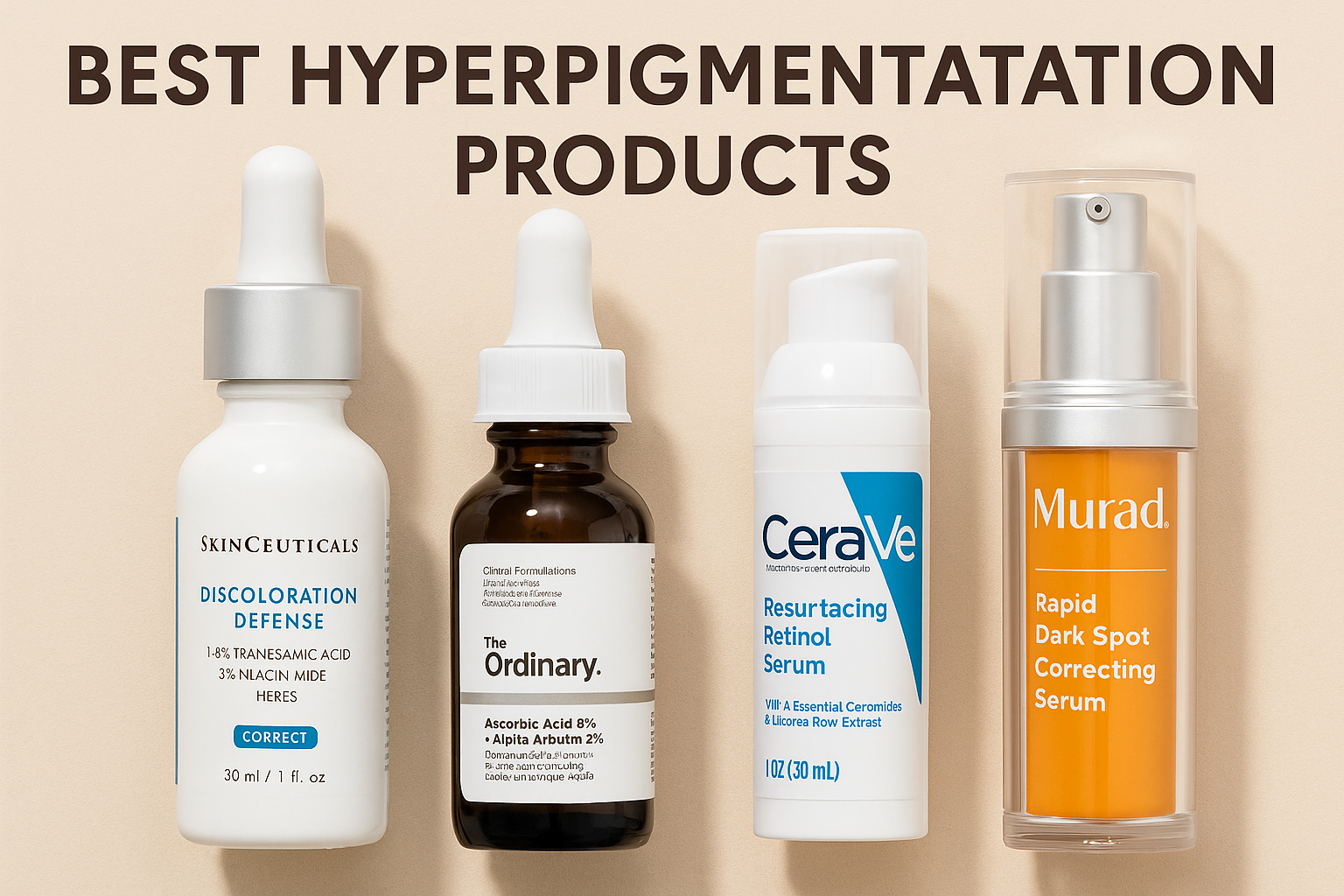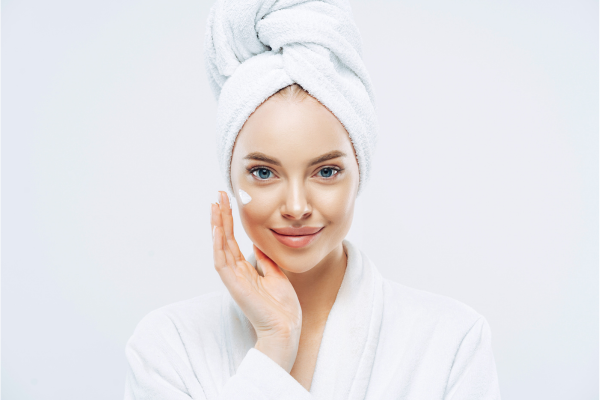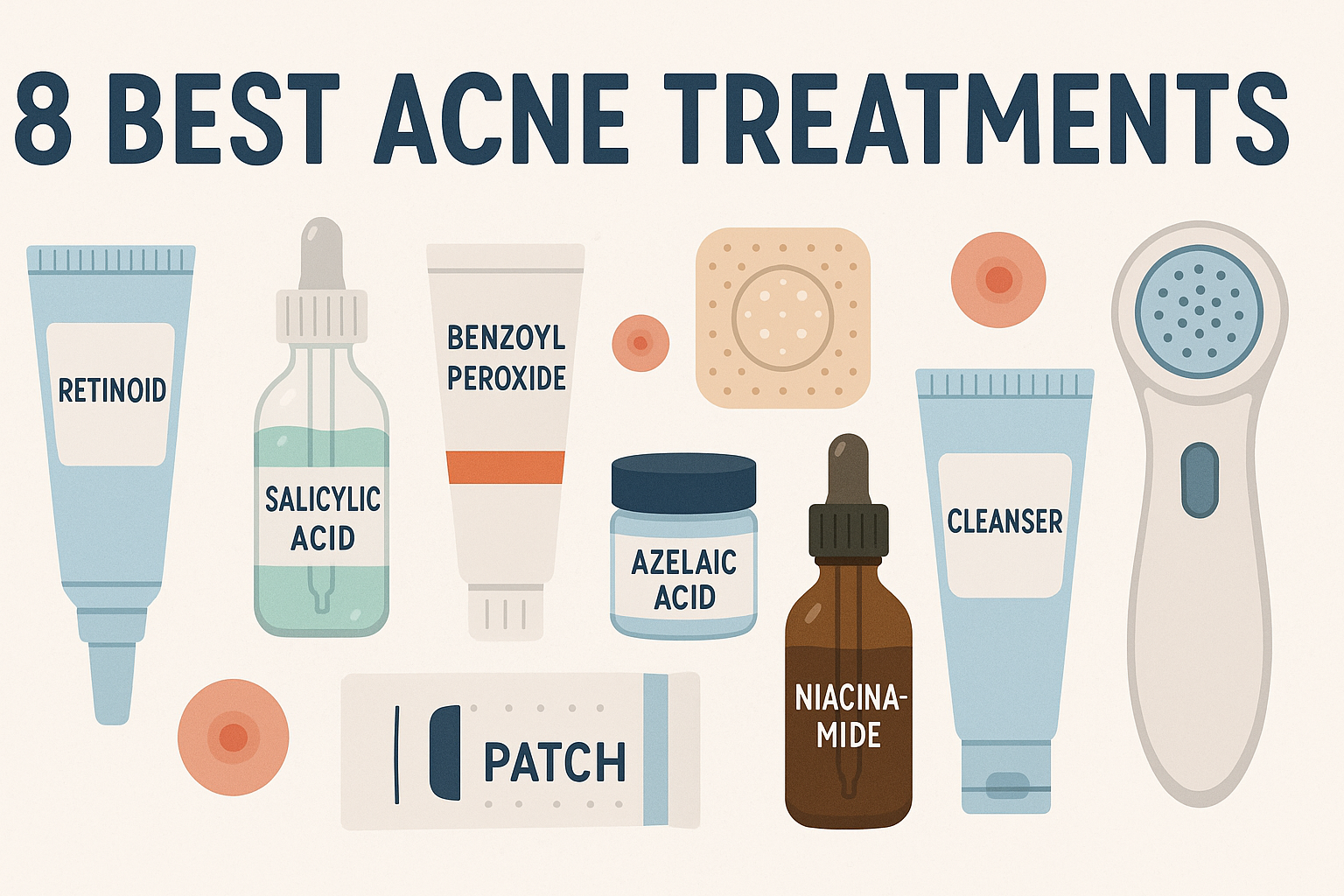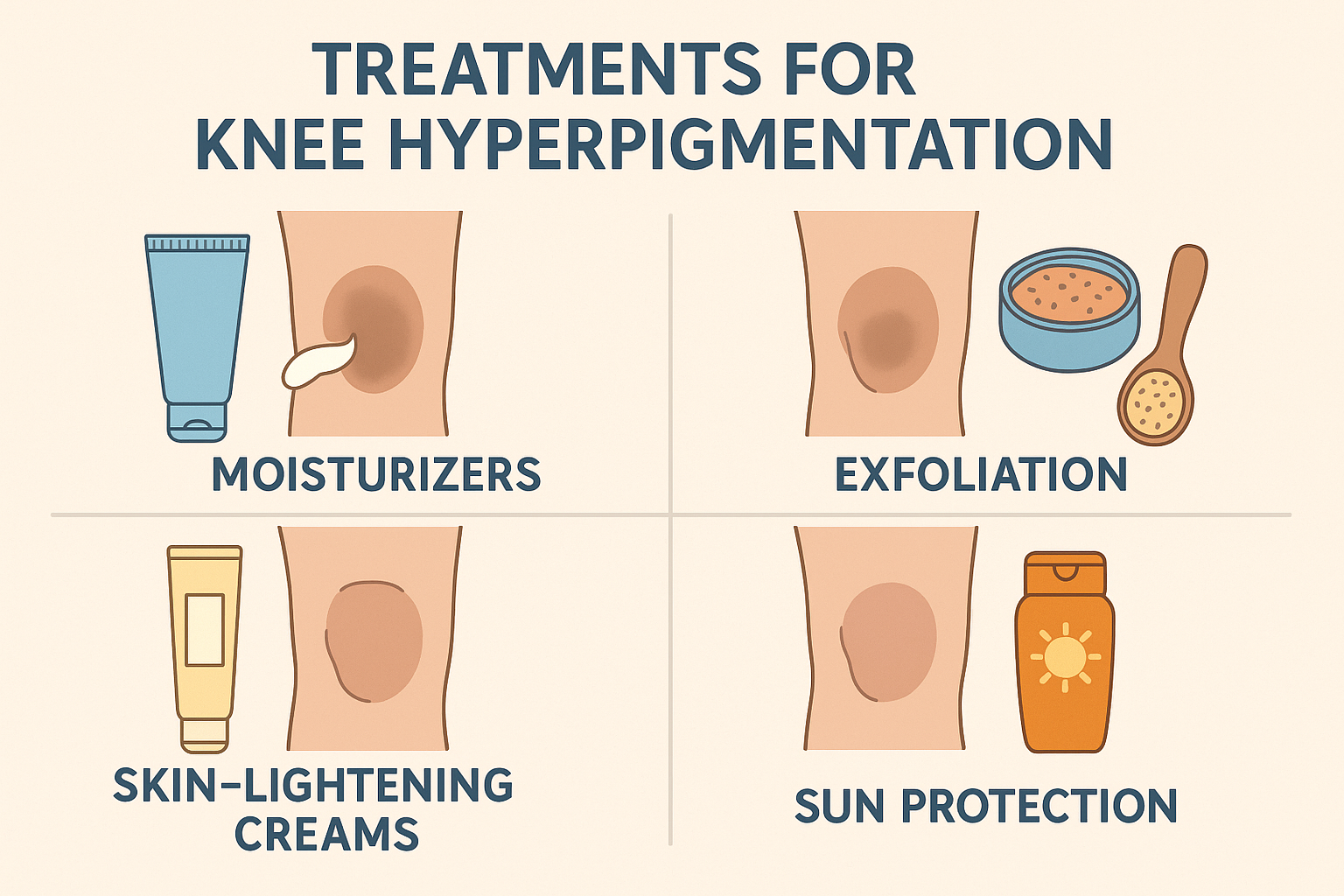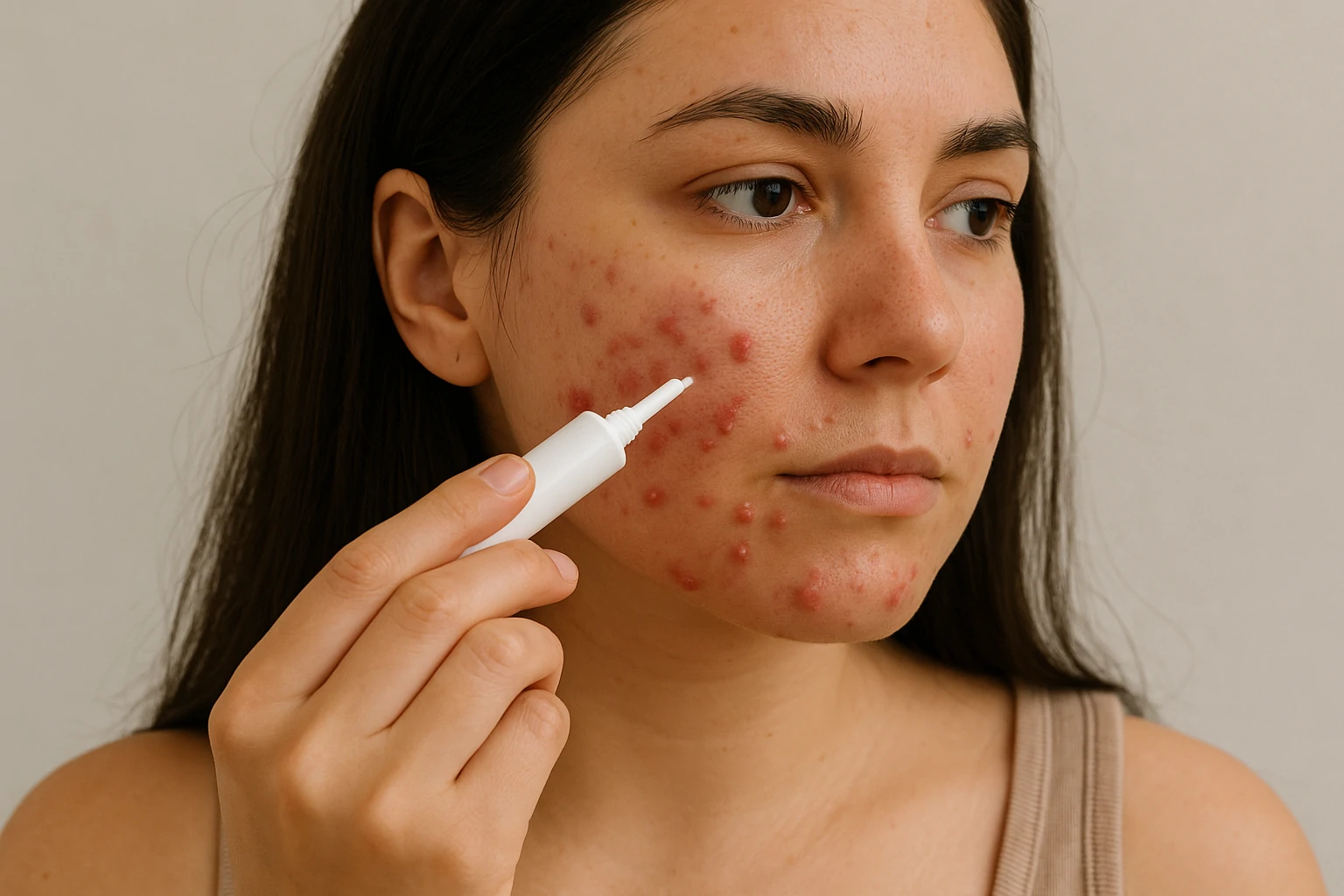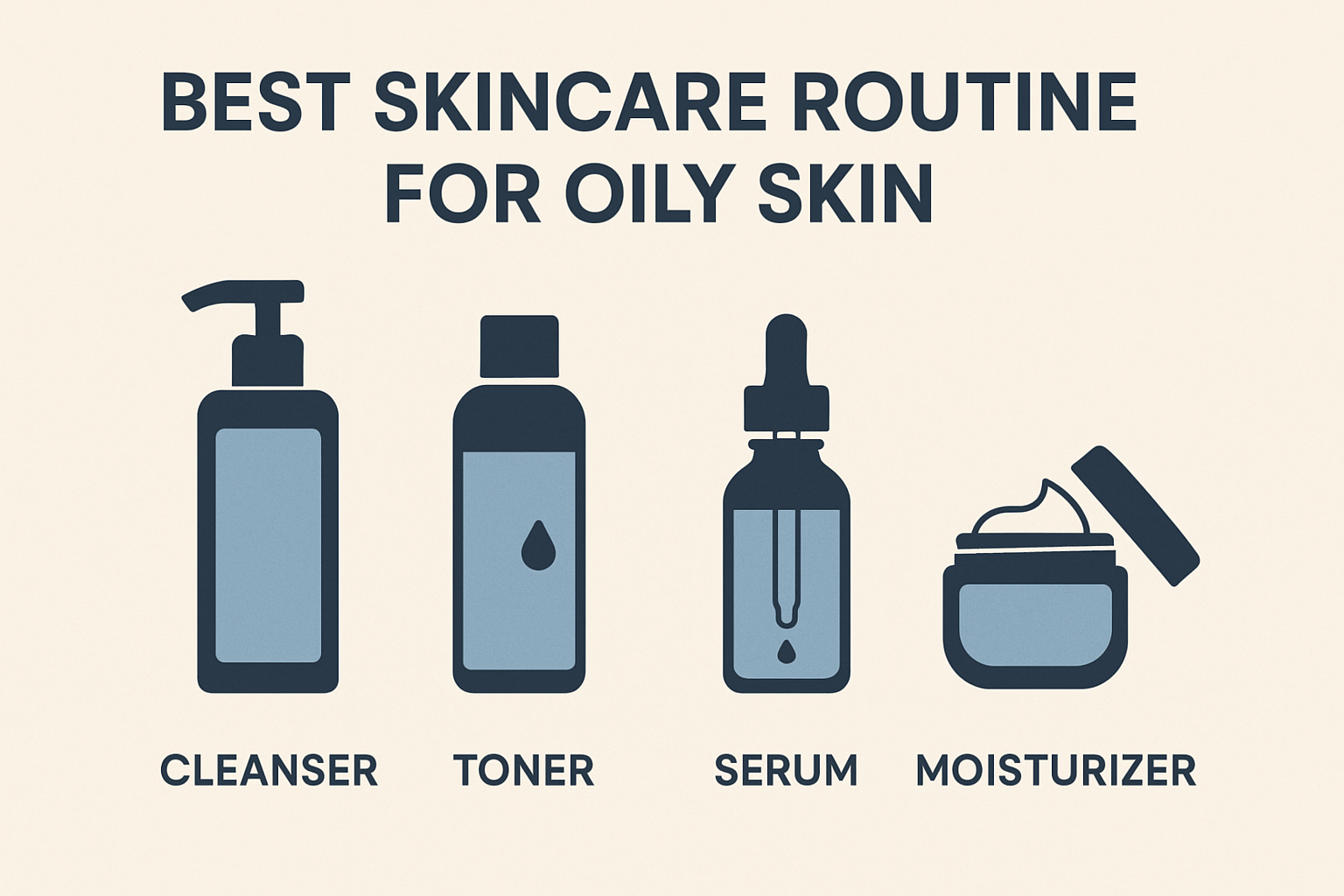Can Botox Fix Under-Eye Wrinkles? Experts Reveal the Truth

Botox has long been a go-to solution for smoothing forehead lines and crow’s feet—but can it also target under-eye wrinkles? According to recent clinical studies and expert insight, the answer is yes.
Unlike dermal fillers that address volume loss or dark circles, under-eye Botox works by relaxing the tiny muscles just beneath the lower eyelid. The goal is to soften fine lines and reduce the appearance of texture, but it requires extreme precision—both in dosage and injection points.
Dr. Jessie Cheung notes that Botox is typically injected into the muscles that become active when you smile, especially around the center of the lower eye area. When done correctly, it can subtly smooth out lines without freezing your natural expression.
To dive deeper, dermatologists and aesthetic specialists like Dr. Cheung, Dr. Rachel Nazarian, and Dr. Nigar Ahmedli break down how under-eye Botox works, its benefits, and the precautions you should take before committing to it.
So—is under-eye Botox the right treatment for your skincare goals? Keep reading to discover how it works, what to expect, and what to consider before trying this increasingly popular non-surgical treatment.
What Exactly Is Under-Eye Botox?
Under-eye Botox is a non-surgical cosmetic procedure that involves injecting small amounts of botulinum toxin—typically just 1 to 2 units—into the lower eyelid area, just beneath the lash line.[1Anthony V. Benedetto. The cosmetic uses of Botulinum toxin type A. Locust Street, Philadelphia, PA 19107.] This zone is often referred to as the “jelly roll” because it forms a subtle crease when you smile.
Dr. Nigar Ahmedli explains that the treatment works by weakening the orbicularis oculi muscle, which is responsible for squinting. The result? A more open, refreshed, and less tired-looking eye area.
According to Dr. Jessie Cheung, this muscle forms a ring-like structure around the eye. If Botox is only injected into the outer corners (crow’s feet), the lower portion may compensate by becoming more active, worsening fine lines. Targeting the under-eye area provides a more balanced and natural-looking result.
Done correctly, under-eye Botox can subtly enhance your overall appearance—especially when combined with crow’s feet treatments. It’s a small tweak with big impact.
Who’s the Right Candidate for Under-Eye Botox?
Not everyone is an ideal fit for under-eye Botox, but certain factors can help determine if it’s a good match. According to aesthetic nurse Kristina Kitsos, the best candidates are those with strong eyelid anatomy and healthy under-eye muscles. These features help ensure both safety and effectiveness.
This procedure uses an ultra-fine insulin needle to inject Botox just under the orbicularis oculi muscle. Because the skin here is thin and delicate, only 1–2 units per side are used.[2Texas Dermatology: 3 Tips For Getting Botox Under Your Eyes.]
Results typically begin to show within a few days and last about three to four months—similar to Botox in other areas of the face.
If you have mild under-eye wrinkles and your facial structure supports it, this treatment can be a simple, non-invasive solution. Still unsure if it’s right for you? Keep reading to explore possible side effects and learn how to keep your results looking natural and smooth.
Benefits of Botox for Under-Eye Wrinkles
Under-eye Botox offers an elegant solution to bothersome fine lines or “jelly rolls” that appear when you smile or squint. This subtle treatment reduces muscle movement in a targeted way, without freezing your overall expression.
Dr. Jessie Cheung notes that injecting Botox into the lower eyelid can soften those muscle bulges, leading to a more youthful and well-rested appearance. Many patients report brighter, more open-looking eyes after treatment.
An added bonus? Smoother skin texture. With shallow injections and micro-dosing, Botox gently relaxes the surface without making the area feel stiff or frozen.
If you’re seeking a non-surgical way to brighten tired eyes and minimize fine lines, this could be your next step. Stay tuned to learn about the potential side effects—and how to make sure you get the best, most natural-looking results.
How to Prepare for Under-Eye Botox
Proper preparation is key to getting the best results from under-eye Botox—and reducing the risk of unwanted side effects.
Several days before your appointment, stop taking any blood-thinning medications or supplements. This includes aspirin, ibuprofen (like Advil, Aleve, Motrin), fish oil, turmeric, garlic, and green tea. Ideally, discontinue these at least seven days in advance, unless otherwise advised by your doctor.
Also, avoid alcohol for at least 24 hours before your treatment. Kristina Kitsos warns that alcohol and certain supplements can increase your risk of bruising by affecting blood clotting and capillary sensitivity.
These small but essential steps can help ensure a smoother recovery and better results. Next up: what to do after the procedure to maintain your fresh, natural look.
What to Expect During Treatment
Before the treatment begins, your doctor will evaluate the muscle structure around your eyes, including a “snap test” on your lower eyelids. This test helps determine if your skin is firm enough to handle under-eye Botox safely.
Dr. Jessie Cheung explains that if your eyelids are too loose or puffy, Botox may not be recommended—it can potentially worsen the appearance or lead to muscle imbalance.
If you’re cleared for treatment, your doctor may use an ice pack to numb the area, although Kristina Kitsos notes this is usually unnecessary due to the minimal discomfort involved.
The injection process is quick and straightforward, usually involving just one or two tiny injection points. Most patients report little to no pain—just a slight pinch at most.
Botox results typically start to appear within two weeks. At that point, you and your provider can discuss whether any touch-ups or adjustments are needed.
Under-Eye Botox vs. Under-Eye Filler: What’s the Difference?
Both under-eye Botox and fillers aim to rejuvenate the area beneath your eyes—but they work in very different ways.
Dr. Jessie Cheung explains that under-eye fillers are used to restore volume and improve contours, especially in hollow or shadowed areas caused by aging. While this can soften fine lines, it doesn’t affect the muscle activity that causes them.
On the other hand, Botox treats under-eye wrinkles by relaxing the tiny muscles that create expression lines.[3Dr. Julian De Silva MBBS MD, When Should Under Eye Botox Be Used.] It doesn’t fill or lift the area but helps smooth dynamic wrinkles caused by smiling or squinting.
Dr. Nigar Ahmedli notes that for many patients, a combination of Botox and filler delivers the best results. Botox opens and brightens the eye area, while filler addresses tear trough hollowness, creating a refreshed and more youthful appearance.
Wondering which is right for you? Keep reading to find out how to decide—or whether a blend of both is your ideal solution.
Potential Side Effects of Under-Eye Botox
As with any injectable treatment, under-eye Botox carries some risks—though most are mild and temporary.
Common side effects include light bruising or swelling at the injection site.[4Bridgetown Aesthetics: Bad Botox Reactions: Are They Possible?] However, if the dosage is too high or placement is off, the area can appear puffier or even more prominent while the Botox is active (typically 3–4 months).
Kristina Kitsos explains that the under-eye area contains lymphatic glands that help drain fluids. If Botox temporarily weakens nearby muscles, it can slow that drainage and lead to fluid buildup.
Excessive weakening of the muscle can also push fat pads forward (fat herniation), creating visible under-eye bags. In some rare cases, the lower eyelid may sag or turn outward slightly, leading to dryness or blurred vision.
Dr. Rachel Nazarian adds that Botox may trigger new wrinkles in nearby areas, as surrounding muscles overcompensate for the ones that were treated.
In very rare cases, complications like a droopy eyelid or difficulty closing the eye may occur.[5OT.CO: Why do eyelids droop after Botox?] That’s why proper evaluation by a qualified provider is essential before moving forward.
How Much Does Under-Eye Botox Cost?
The cost of under-eye Botox depends mainly on two factors: the price per unit at your chosen clinic and the number of units required for your specific needs.
According to Kristina Kitsos, treating the under-eye area typically costs between $50 and $150, based on an average use of 1 to 2 units of Botox.
Dr. Jessie Cheung notes that many patients also choose to treat crow’s feet at the same time, which may require an additional 6 to 10 units. At a price range of $10 to $20 per unit, the total treatment cost can range from $110 to $350 per session.
Although prices vary, investing in a skilled provider ensures your safety and the most natural-looking results.
Aftercare: What to Do Post-Treatment
Aftercare for under-eye Botox is generally minimal, with most people able to return to normal activities almost immediately. Still, a few simple precautions can help maximize results and minimize side effects.
Dr. Nigar Ahmedli explains that light bruising is common due to the thin, vascular skin in the under-eye area—but it usually resolves within a few days without any treatment.
To reduce the risk of bruising, Dr. Rachel Nazarian advises against rubbing or massaging the treated area. Applying a cold compress right after the procedure can also help.
Kristina Kitsos adds that you can safely wear light makeup the next day, as long as it doesn’t irritate the skin.
These small steps can go a long way in helping your results last longer—and look their best.
Final Thoughts
If your main goal is to soften fine lines under the eyes or reduce the appearance of bulging muscles when you smile, under-eye Botox may be an effective option. But proper evaluation is key.
Dr. Jessie Cheung emphasizes that Botox isn’t suitable for everyone—especially those with naturally loose or puffy eyelids. In such cases, the treatment may worsen the issue.
For the right candidate, results can range from subtle smoothing to a more noticeable brightening of the under-eye area.
Kristina Kitsos reminds us that Botox only works on dynamic wrinkles—the lines caused by repetitive facial movement. Concerns like dark circles, under-eye bags, or hollowness may require other treatments such as fillers, lasers, or even minor surgical procedures.
Since every face is different, a consultation with a skilled aesthetic provider is the best way to explore your options. If Botox isn’t the ideal fit, there are still plenty of non-invasive alternatives to help you achieve a refreshed, youthful look.
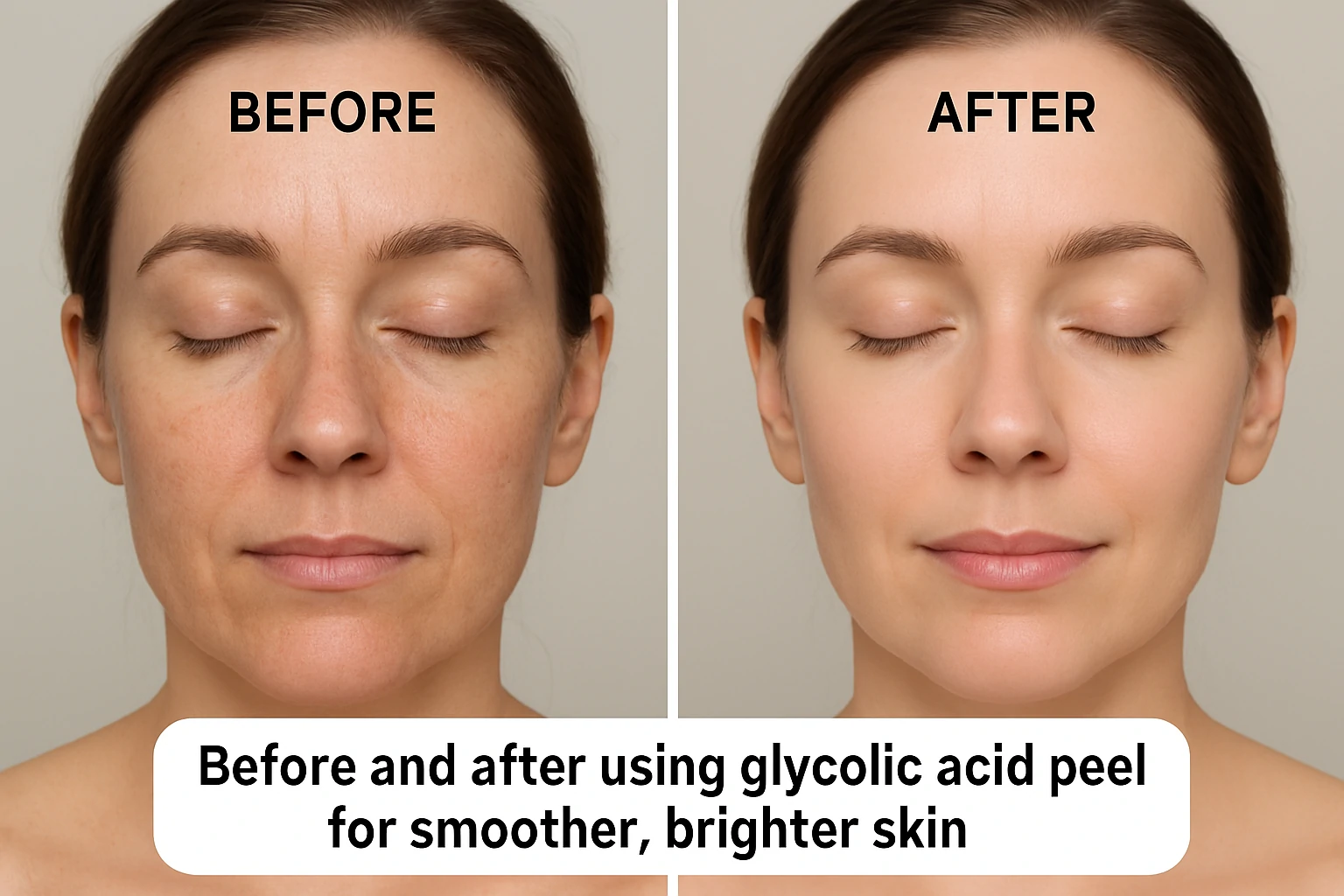
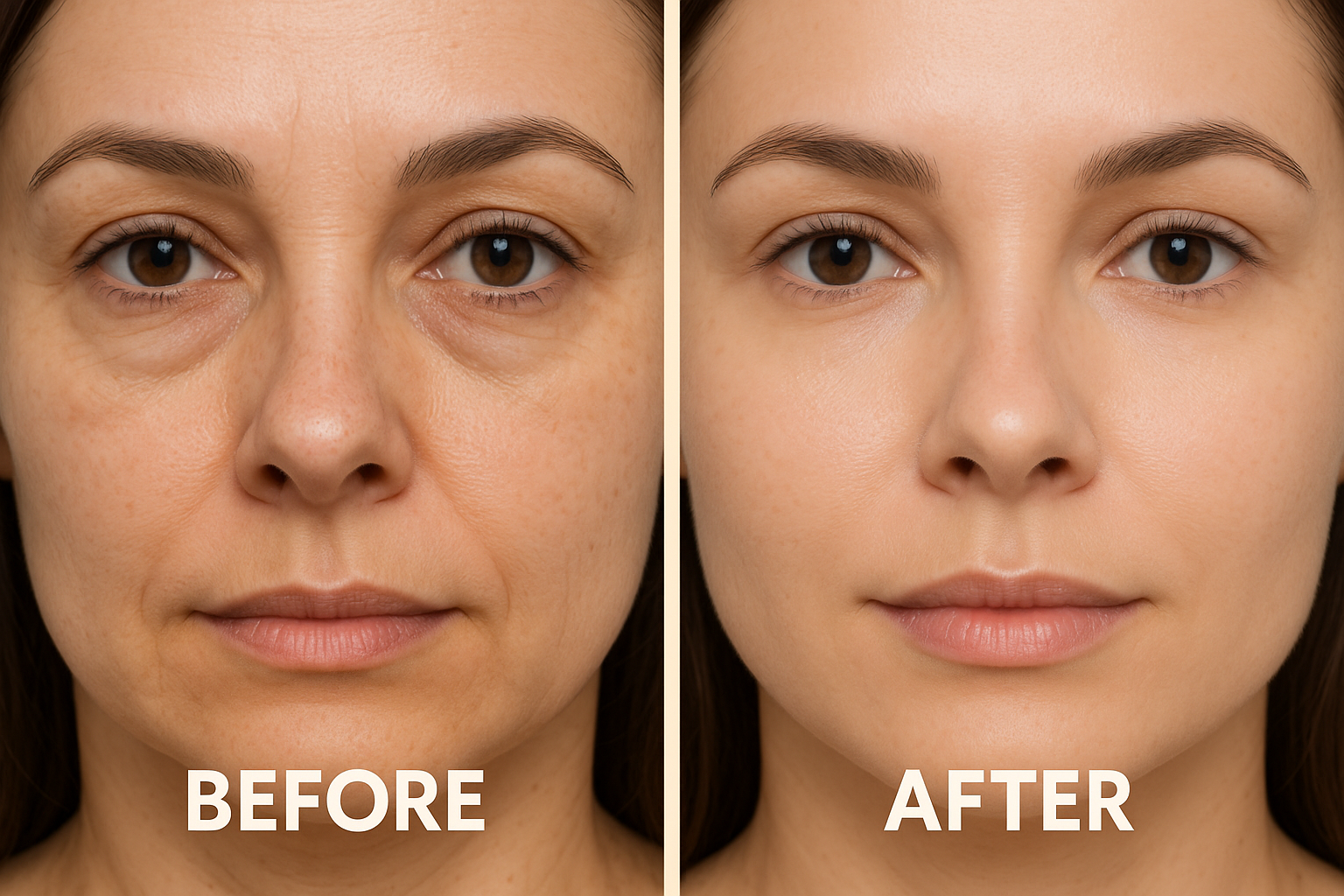
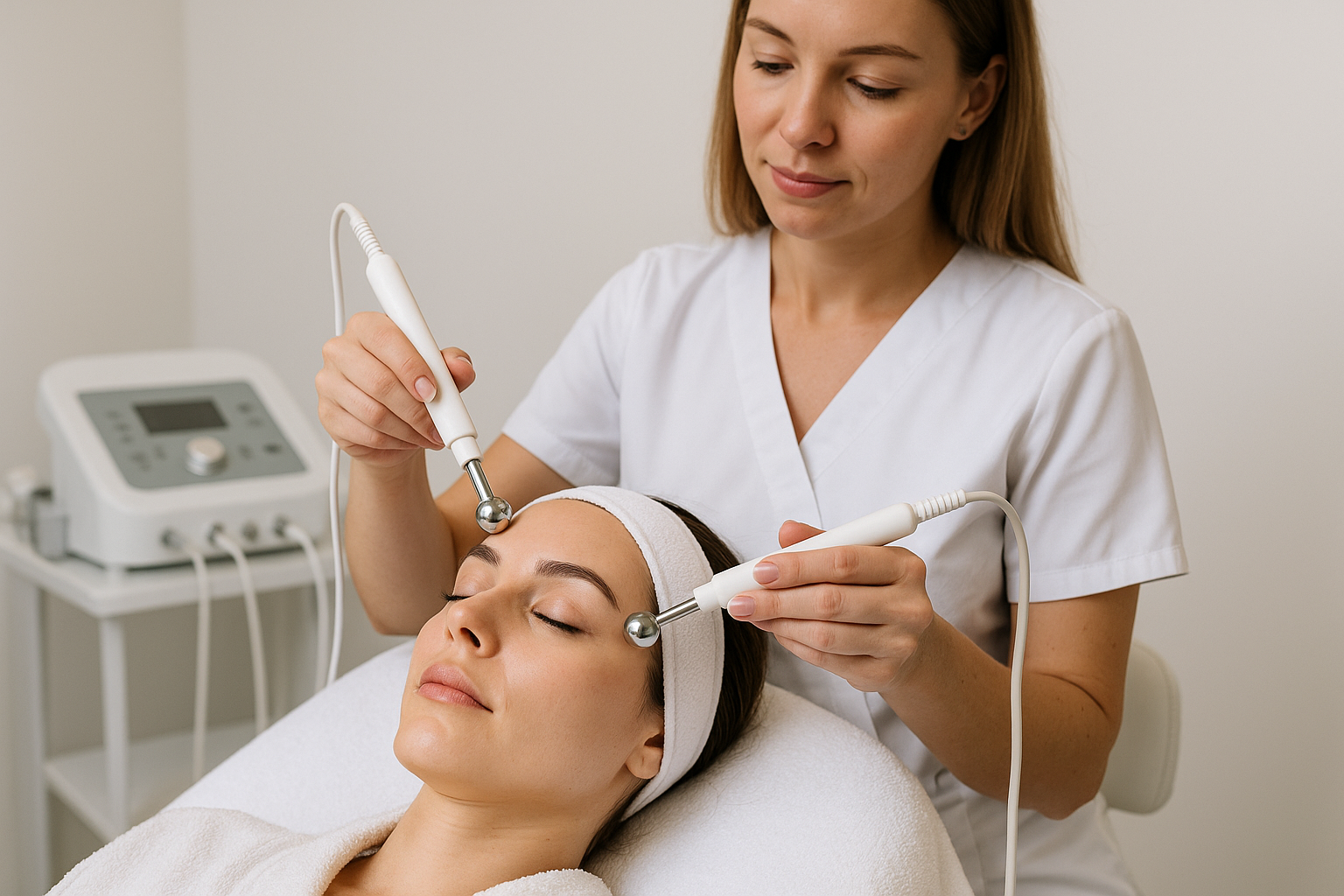
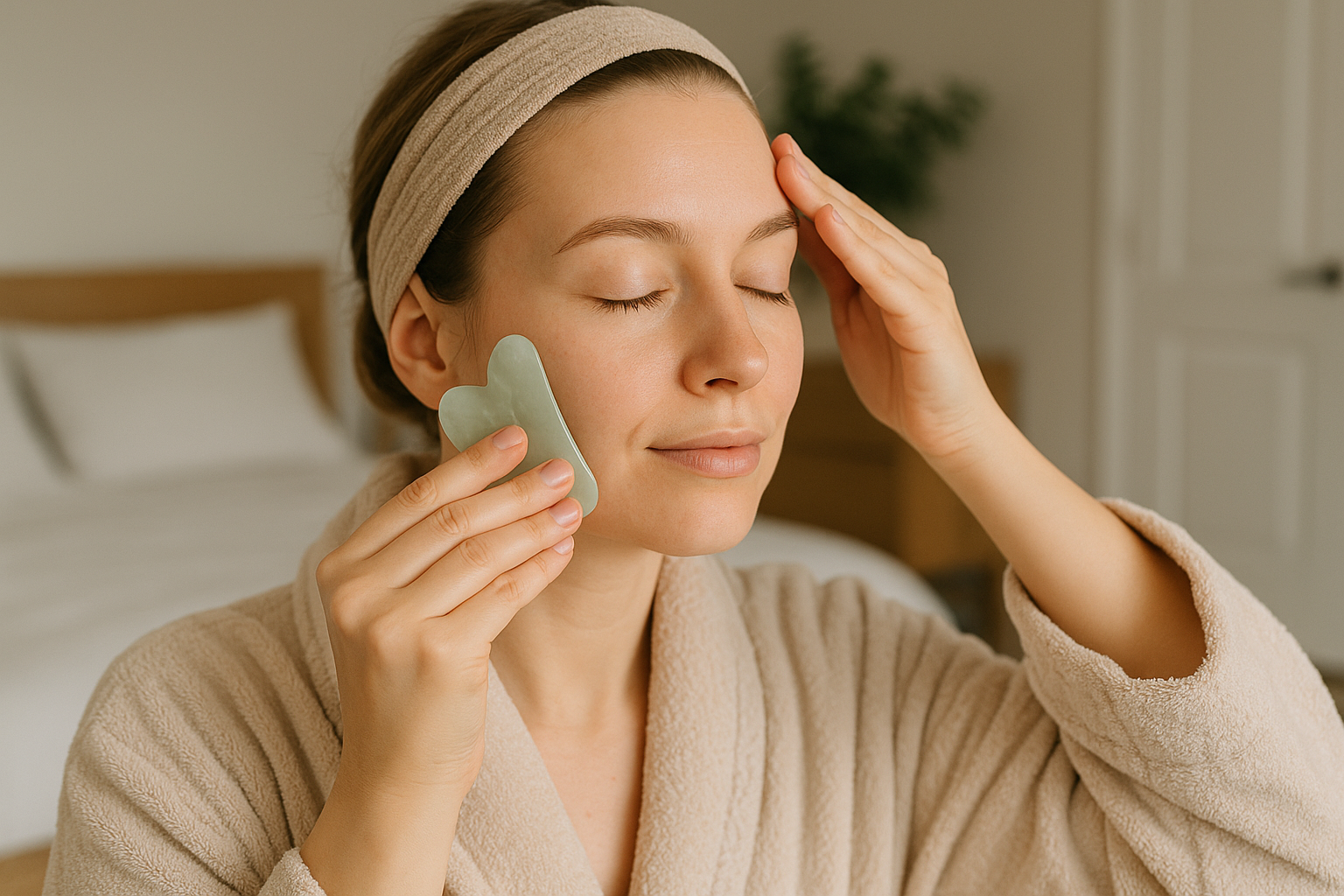
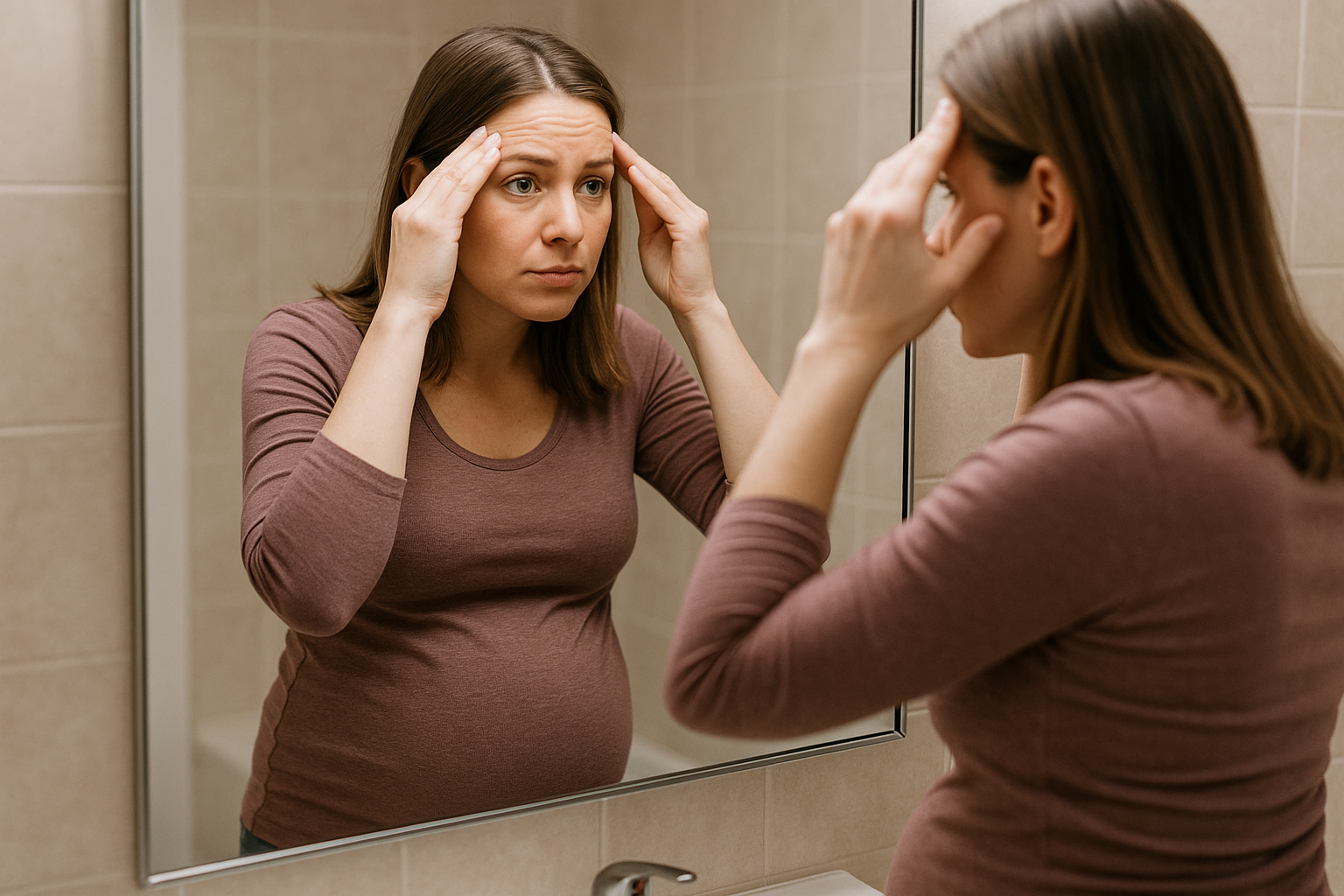
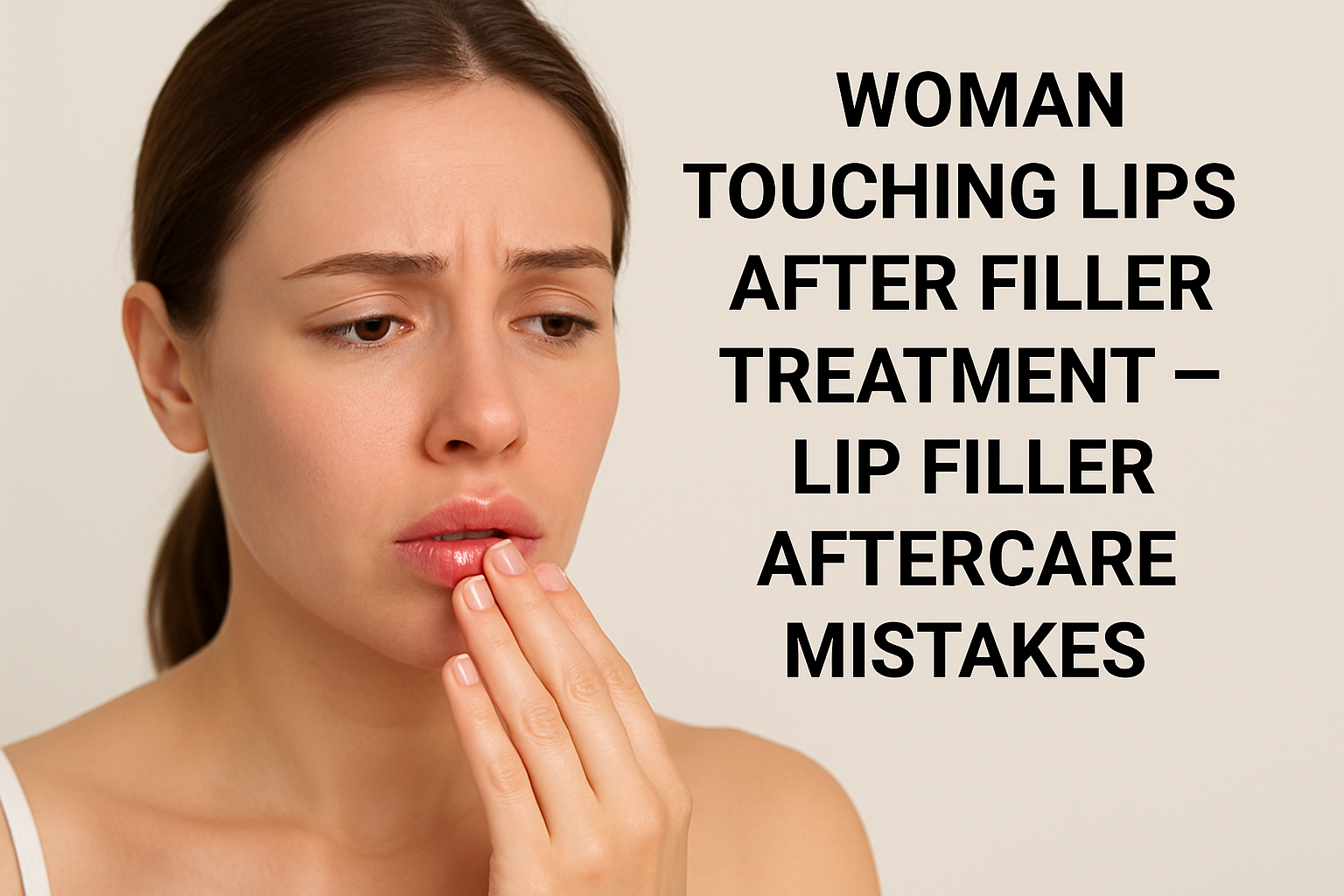
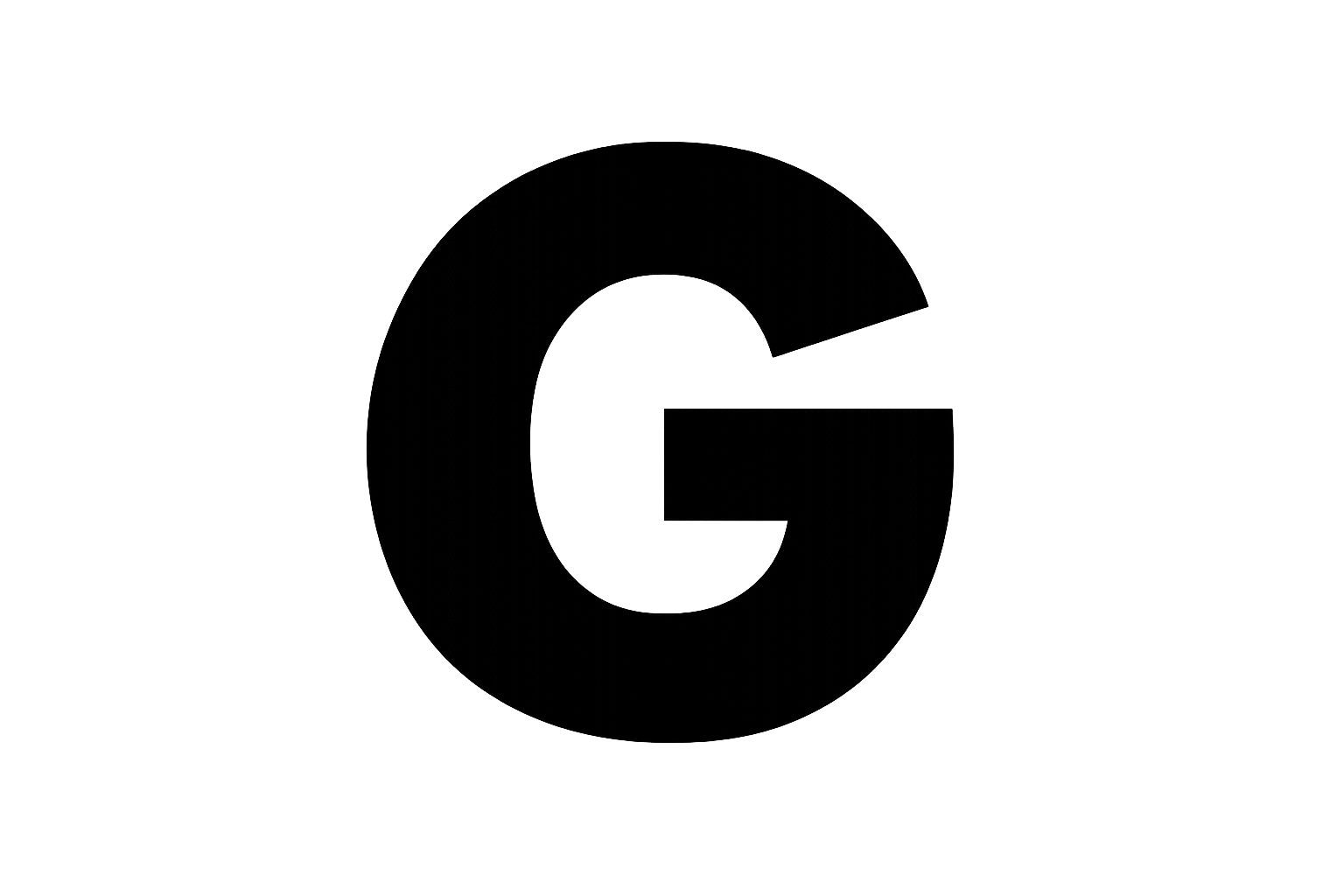 Acne
Acne Anti-Aging
Anti-Aging Business
Business Digital Marketing
Digital Marketing Economics
Economics Movies
Movies Personal Finance
Personal Finance Websites
Websites
